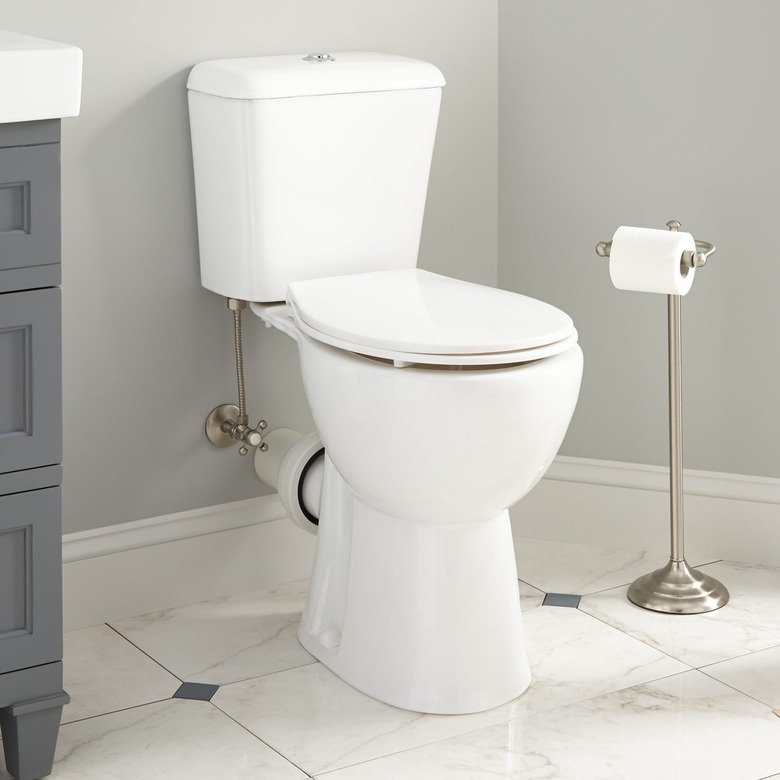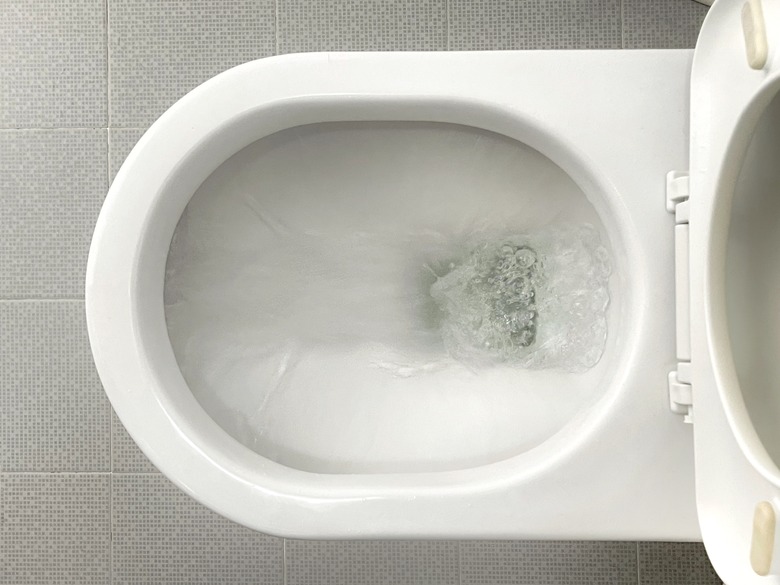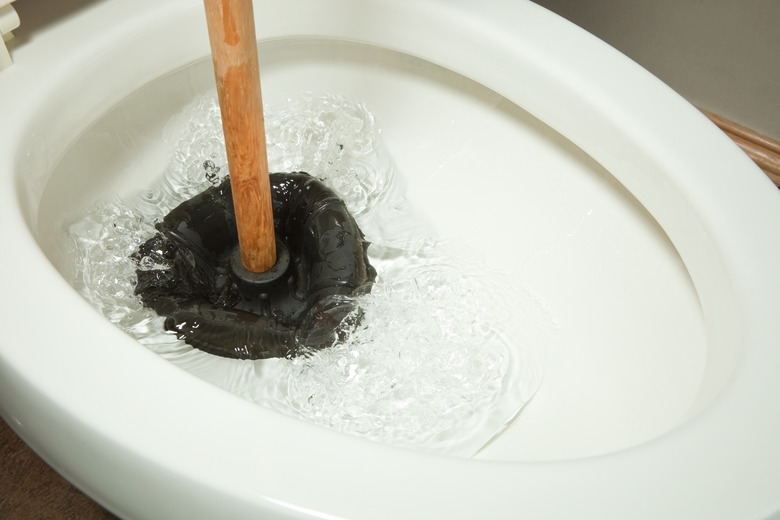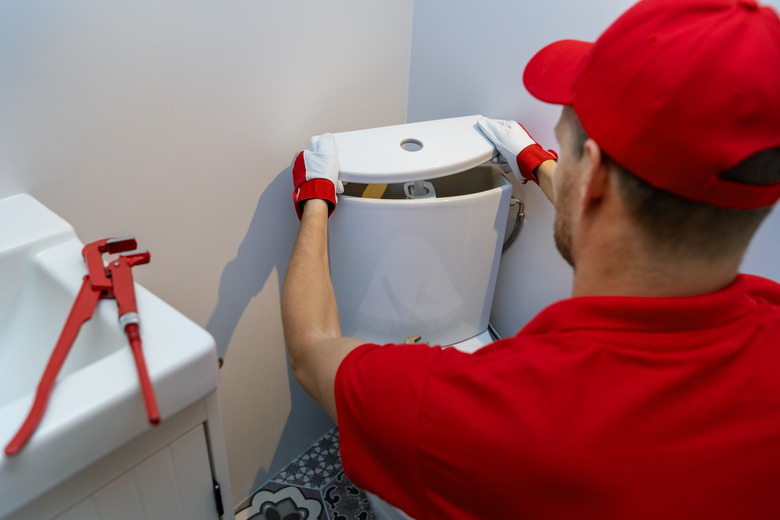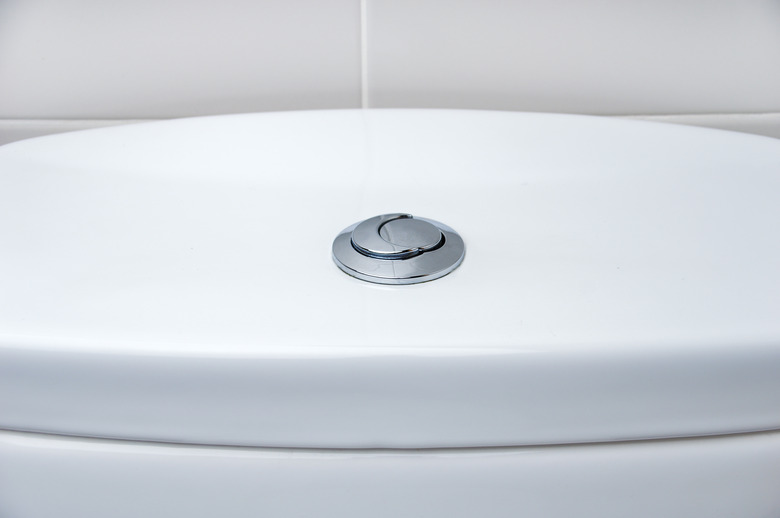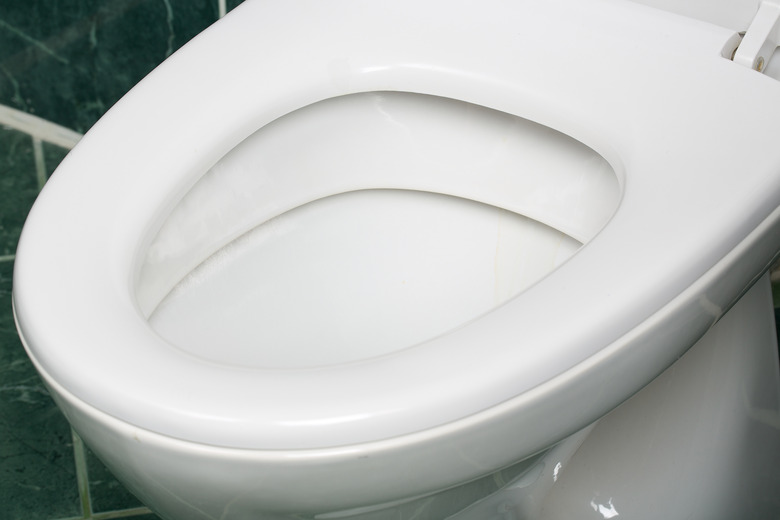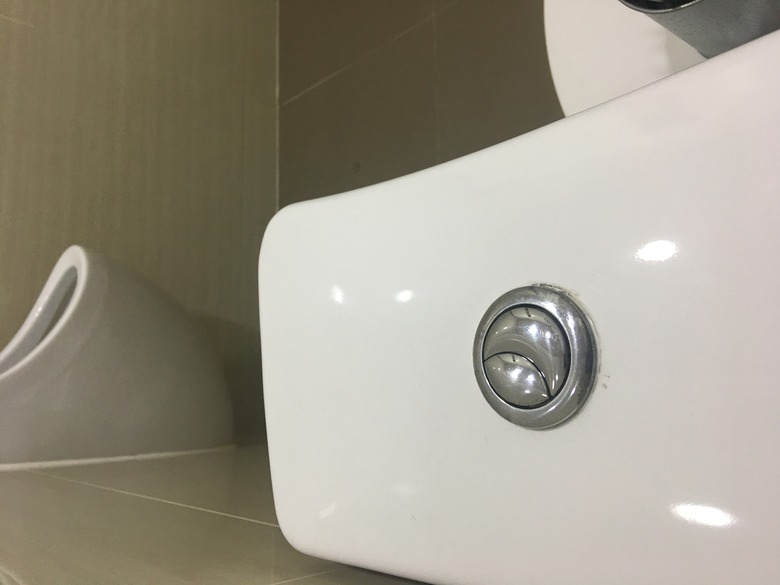7 Common Problems With Dual-Flush Toilets — And Some Simple Solutions
A dual-flush toilet is one equipped with two different flushes: a smaller flush for liquid waste and a larger one for solid waste. Dual-flush toilets can conserve the amount of water you use with every flush and decrease utility bills as a result. Although the theory is sound, using less water to flush can cause problems unique to dual-flush toilets. Dual-flush toilets also suffer from many of the same issues as regular single-flush toilets.
Considering investing in a dual-flush toilet? Here are seven common problems to watch out for — and some simple solutions.
1. Not Really Saving Water
1. Not Really Saving Water
Toilet manufacturers claim that a dual-flush toilet can use up to 67 percent less water. Notice that wording indicates that they can use less water, not that they will use less water. You may not save any water at all, in large part due to human error combined with poor button labels. It's often difficult to tell which toilet flush is which, and users often hit the smaller half flush button when they in fact need the larger full flush one. This leads to a second flush that ultimately doesn't save any water at all.
Note too that even in an empty toilet, the water level in the bowl is lower than it is in a single-flush toilet. This can make it harder to remove solid waste and create the need for a second flush. In the long run, this may not save any water at all. (Hint: You can solve this problem by keeping a toilet brush handy, but many people prefer to keep their toilet brush as clean as possible and just use it for regular scrubbing.)
2. The Need for Constant Cleaning
2. The Need for Constant Cleaning
Speaking of toilet brushes, you'll want to keep yours close if you install a dual-flush toilet. Because they use less water, it's imperative that the holes under the toilet rim be clear and open. Any dirt can reduce the water flow into the toilet, which is particularly important when there is less water to begin with.
Using less water to flush can also mean that fewer bacteria get washed away, leaving more in your toilet. Your toilet is likely to get much dirtier, harboring germs you can't see. Note too that most people use cleansers to wash the toilet bowl and then flush them away after cleaning. This again can create more flushing and further reduces the water-saving benefits of the toilet.
3. Increased Clog Risk
3. Increased Clog Risk
Homes built over the last few years frequently contain plumbing systems designed for low-flow and dual-flush toilets. Older homes, however, do not. Many older homes rely on high levels of water pressure to push wastewater along the pipes. Without it, the water may not move along with enough force to keep solid waste moving. Instead, the waste gets stuck in the lower sections of pipe and causes a clog.
To avoid this problem, check with your plumber before installing a dual-flush toilet. A plumber can determine whether or not your pipes are able to handle the lower water pressure or if you're destined for clogs and issues. If you are, give yourself an A for water-conserving effort but stick to a standard toilet with a single-flush system.
4. Higher Toilet Repair Costs
4. Higher Toilet Repair Costs
Dual-flush toilets were more expensive than their single-flush counterparts when they first emerged, but now you can get both types of toilets for about $100 if you stick to the basics. Repairing a dual-flush toilet can cost a bit more, however. There are two flushing mechanisms in a dual-flush toilet, which means there is twice as much potential for problems. This isn't a big deal on a DIY project, like installing a new flapper, but it can get costly if you need a plumber.
5. The Button Dilemma
Many dual-flush toilets utilize buttons rather than levers to operate the flushing mechanism. Most are located on the top of the toilet tank, which can pose problems for some users. Young children sometimes find the buttons difficult to reach. The elderly and people with disabilities also sometimes struggle with stiff buttons that might be difficult to press. Buttons can stick as well, causing the toilet to keep running.
If this is a concern, you can consider finding a dual-flush toilet that uses levers rather than buttons to flush. These tend to be more expensive and harder to find, however. Note too that although you may never have a problem, the buttons can fail. If so, the easiest solution is to simply replace the button mechanism. Depending on the toilet, this can prove more difficult than swapping out a toilet handle.
6. A Dual-Flush Toilet Is Still a Toilet
6. A Dual-Flush Toilet Is Still a Toilet
Dual-flush toilets allow for two different types of flushing, but they didn't reinvent the wheel. The mechanisms that they use to flush are very much the same as the flushing apparatus in a single-flush toilet. This means you could have many of the same problems with a dual-flush unit that you have with your old toilet.
You may, for instance, notice that your toilet tank has a hissing sound and running water when it shouldn't. This usually means your float is stuck. Releasing and replacing a float if necessary are both easy DIY jobs. If you find water perpetually running into the bowl itself, a bad flapper is probably the cause. Replacing it is an easy fix, but sometimes, you can simply clean it up and remove any debris stuck on the flap.
Toilets, be they dual or single flush, also contain several seals that can wear and leak, including the wax ring beneath the toilet and the seal between the tank and the bowl. There is no fixing worn seals; they need to be replaced. Replacing them can be a DIY job if you're comfortable doing so. You may want to call a plumber, however, if the seals you need to replace require you to take the toilet apart or pull it up off the floor.
7. Watch Your Carbon Footprint
7. Watch Your Carbon Footprint
If it's time for a new toilet, there certainly isn't any harm in considering a dual-flush toilet. Don't, however, mistake a toilet that uses less water as an environment-saving slam dunk. Using less water is better for the environment, but the extraction and refinement of porcelain make a pretty big carbon footprint, as does shipping the toilet to you.
If you need a toilet anyway, a dual-flush toilet can help you conserve water, but don't rush out and replace a perfectly good single-flush toilet with a dual-flush toilet. Doing so could do more harm than good. Instead, wait until you truly need a new toilet to make the switch.
References
- Princeton University Student Climate Initiative: Toilets
- Quality First Service Group: Pros and Cons of a Dual Flush Toilet
- American Scientific Research Journal for Engineering, Technology, and Sciences: The Economic and Environmental Impacts on Clay Harvesting at Abonko in the Mfantsiman West District of Central Region, Ghana
